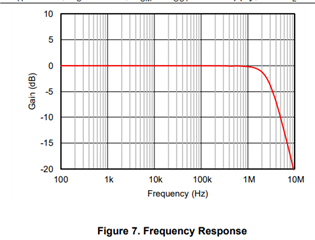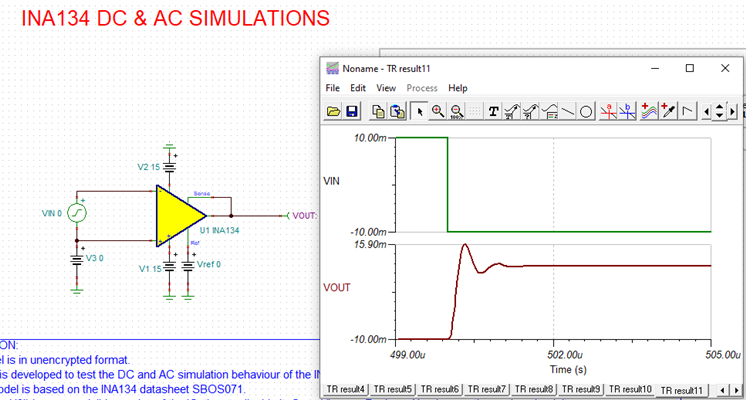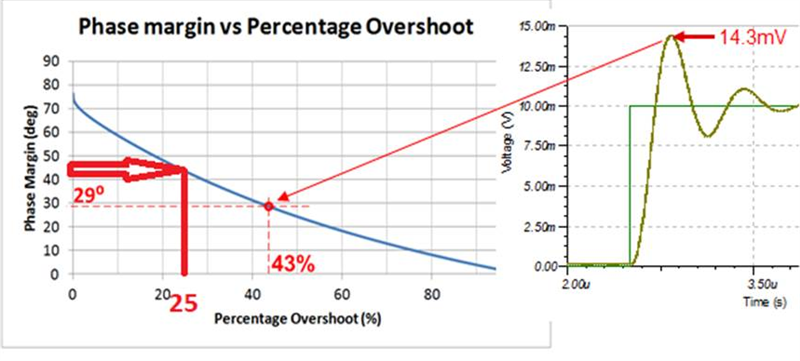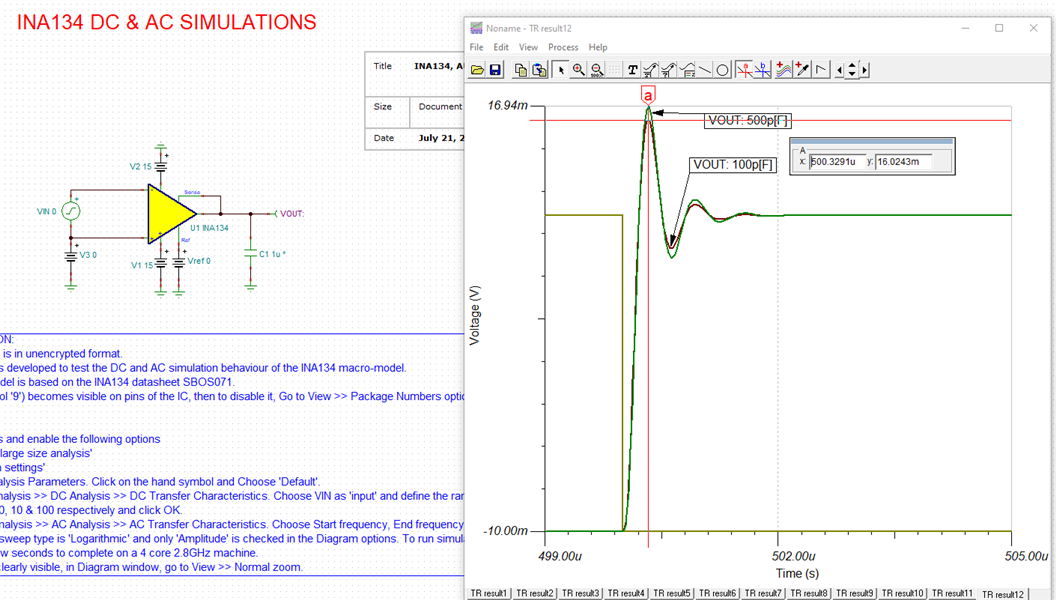Other Parts Discussed in Thread: INA1651, INA1650
Hello,
Looking at the INA134 datasheet it shows that the frequency response has a 2-3dB peak at 2MHz, which is also observable when measuring in real life.
What is the standard way of nulling this peak without compromising input CMRR?
I'm curious as to why this product is designed this way, I assume the reduced phase margin must be a design decision based on listening tests rather than measured performance?
Thanks for any insight..





